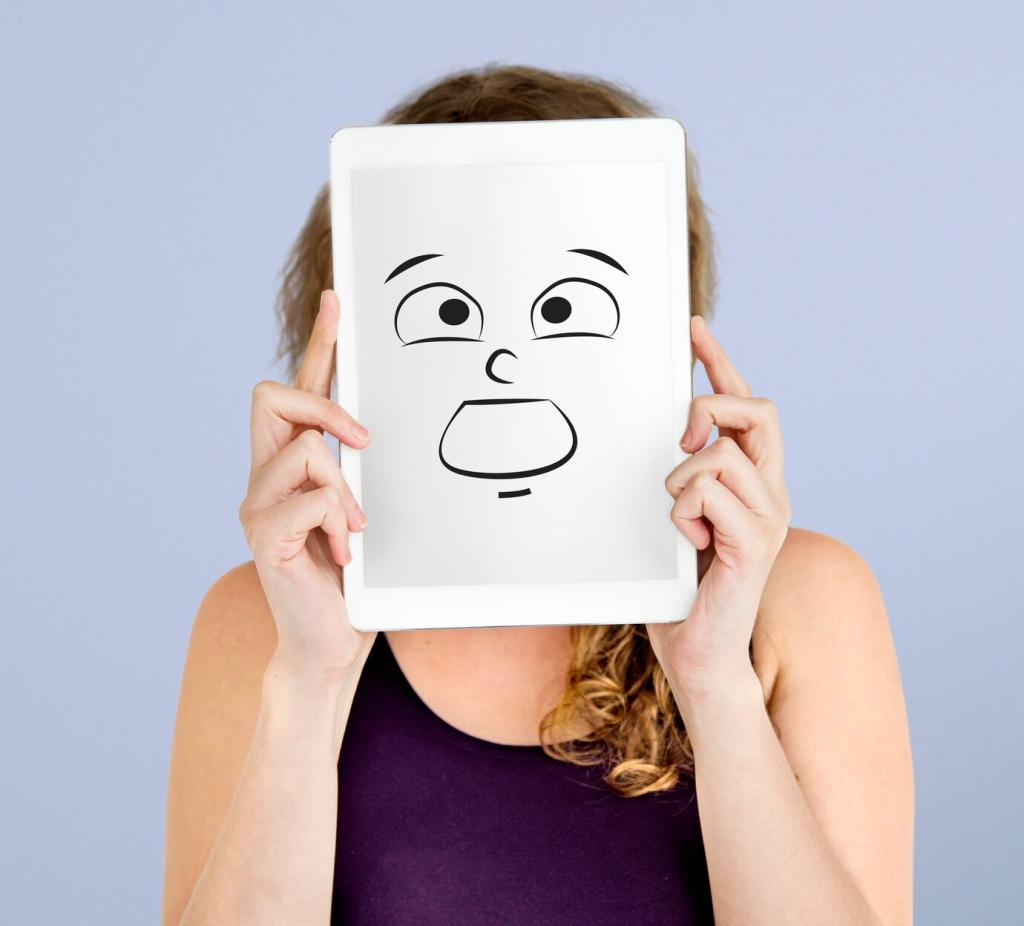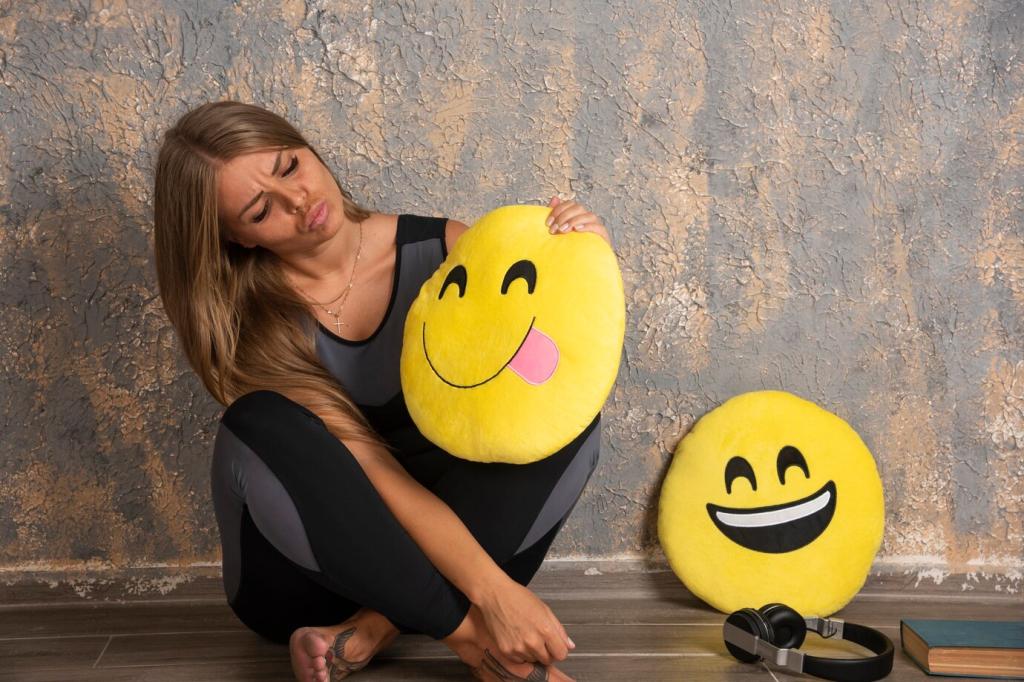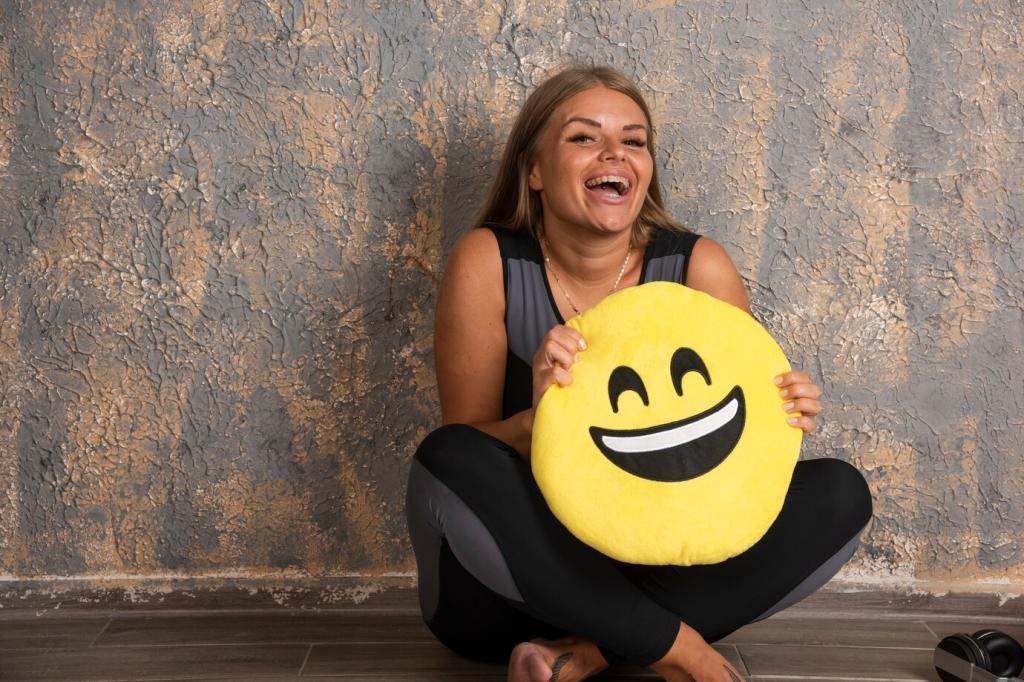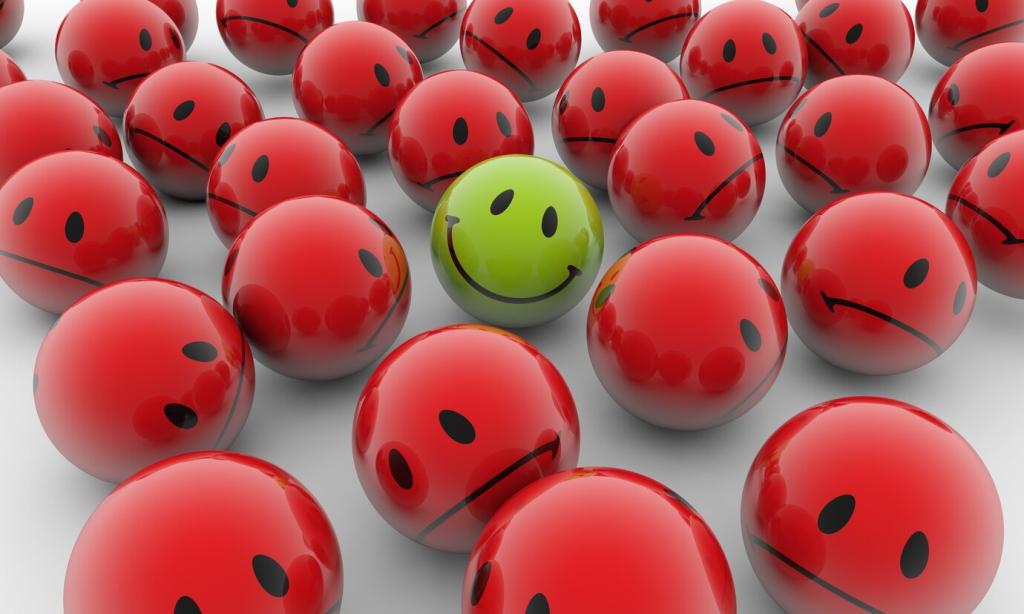Reading the Room: Light, Size, and Surface
Warm bulbs can tint whites creamy and soften blues, while daylight keeps hues honest. Test swatches morning and night to ensure your calming blue doesn’t drift into dull gray.
Reading the Room: Light, Size, and Surface
In compact rooms, airy cools expand space psychologically; in larger suites, warm neutrals anchor and humanize scale. Adjust saturation to balance coziness with clarity.








